Spider Monkeys
- January 16, 2024
- 0 comment
Spider monkeys, captivating denizens of the lush tropical rainforests in Central and South America, are mesmerizing species defined by their distinctive appearance and arboreal prowess. Belonging to the Atelidae family, these primates earn their name from their spider-like limbs and prehensile tails, making them agile acrobats in the tree canopies. Their slender bodies, hairless faces, and expressive eyes contribute to their charismatic charm. Spider monkeys are highly social beings, forming large troops that engage in intricate communication through a combination of vocalizations, body language, and facial expressions.
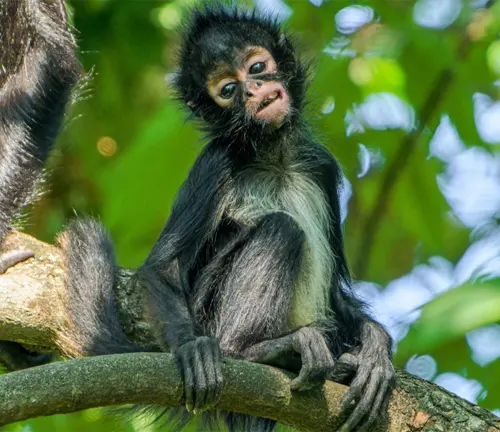
With an omnivorous diet predominantly consisting of fruits, nuts, and leaves, they play a crucial role in seed dispersal, influencing forest regeneration. Facing threats from habitat loss, poaching, and the illegal pet trade, spider monkeys are categorized as endangered, emphasizing the need for concerted conservation efforts. Understanding the intricacies of their daily lives, mating rituals, and familial bonds provides a deeper appreciation for these remarkable creatures and underscores the importance of preserving their natural habitats.
| Specification | Details |
|---|---|
| Family | Atelidae |
| Habitat | Tropical rainforests of Central and South America |
| Physical Characteristics | Slender body, prehensile tail, hairless face, expressive eyes |
| Social Structure | Form large troops with strong social bonds |
| Communication | Vocalizations, body language, facial expressions |
| Diet | Omnivorous, predominantly fruits, nuts, and leaves |
| Ecological Role | Seed dispersers, influencing forest regeneration |
| Threats | Habitat loss, poaching, illegal pet trade |
| Conservation Status | Endangered (varies by species) |
| Lifespan | Around 20-25 years in the wild (species-dependent) |
| Mating and Offspring | Specific mating rituals, gestation around seven months, single offspring |
| Behavior | Arboreal, active throughout the day, engaging in foraging, playing, and grooming |
| Importance | Vital for biodiversity, integral part of forest ecosystems |
| Conservation Efforts | Reforestation, habitat preservation, anti-poaching measures |
| Human Interaction | Encountered through responsible ecotourism practices, challenges in captivity |
| Cultural Significance | Representation in media, varying cultural symbolism |
| Notable Features | Agile acrobats, distinctive spider-like limbs and tail |
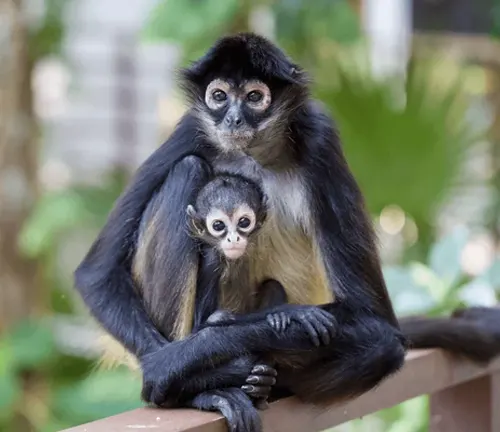
Spider monkeys, with their long limbs and prehensile tails, are captivating creatures that swing through the treetops of tropical forests.
Spider monkeys belong to the Atelidae family, known for their spider-like appearance and extraordinary agility in trees. These primates are primarily found in the rainforests of Central and South America.
Habitat and Distribution
Adaptable to various environments, spider monkeys inhabit dense forests, ranging from Mexico to Brazil. Their distribution is influenced by factors such as climate and food availability.
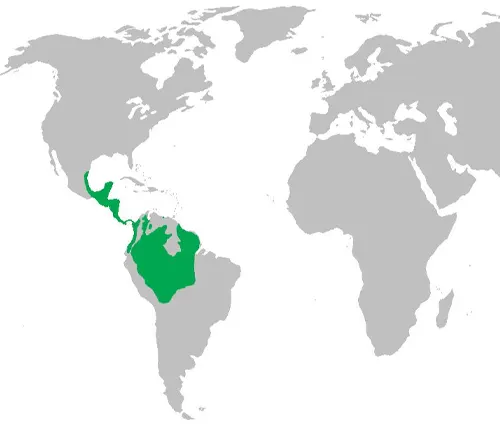
Physical Characteristics
Characterized by a slender body, a hairless face, and a lengthy prehensile tail, spider monkeys exhibit distinct physical traits that aid in their arboreal lifestyle.
Social Structure and Behavior
Group Dynamics
Spider monkeys form large social groups called troops, fostering strong bonds through grooming and communal activities. The dynamics of these groups play a crucial role in their survival.

Communication
Communication among spider monkeys involves a range of vocalizations, body language, and facial expressions. This intricate system allows them to convey emotions and information effectively.

Daily Activities
From dawn to dusk, spider monkeys engage in various activities, including foraging for food, playing, and taking care of their young. Understanding their daily routine provides insights into their complex lives.
Diet and Feeding Habits
Favorite Foods
Spider monkeys are predominantly frugivorous, with a diet consisting of fruits, nuts, and leaves. Their selective feeding habits contribute to the dispersal of seeds, influencing forest regeneration.
Foraging Techniques
Equipped with dexterous hands and a long tail, spider monkeys employ unique foraging techniques, reaching distant branches and extracting hard-to-reach food items.
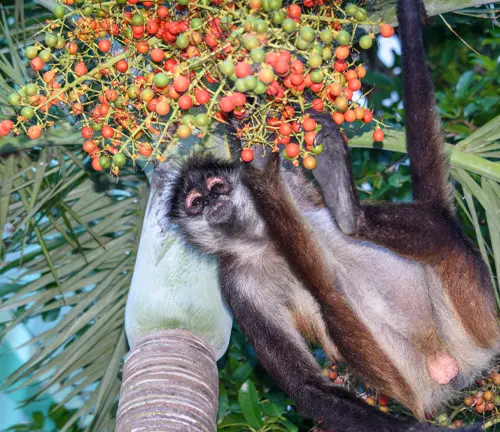
Predators and Threats
Natural Predators
While spider monkeys face threats from large birds of prey and big cats, their primary predators are humans, leading to habitat destruction and hunting.
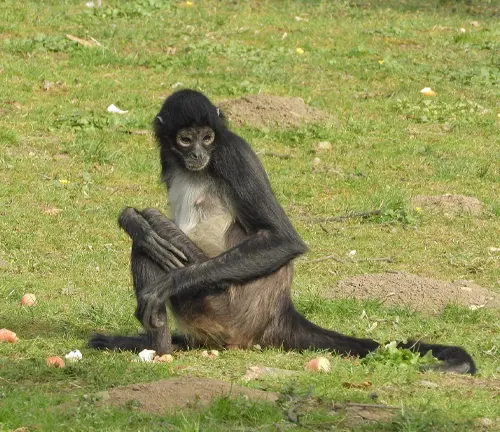
Human-Induced Threats
Deforestation, poaching, and illegal pet trade pose severe threats to spider monkey populations, demanding urgent conservation measures.
Reproduction and Family Life
Mating Rituals
Spider monkeys follow specific mating rituals, involving vocalizations and physical displays. Successful mating results in the birth of a single offspring.
Pregnancy and Birth
The gestation period of spider monkeys lasts around seven months, culminating in the birth of a vulnerable infant that clings to its mother for care and protection.
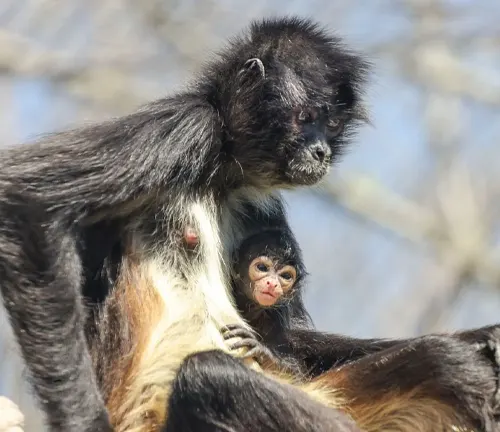
Parental Care
Parental care is a shared responsibility, with both males and females actively involved in nurturing and protecting their offspring.
Conservation Efforts
Endangered Status
Several species of spider monkeys are classified as endangered due to habitat loss and human activities, prompting conservation organizations to intervene.
Conservation Initiatives
Efforts to protect spider monkeys involve habitat preservation, anti-poaching measures, and educational programs aimed at raising awareness about their plight.
Interactions with Humans
Encounters in the Wild
Observing spider monkeys in their natural habitat requires responsible ecotourism practices that prioritize the well-being of the primates and their environment.
Challenges in Captivity
Keeping spider monkeys in captivity poses ethical challenges, as their complex social structure and need for large spaces are often compromised in confined environments.
Spider Monkeys and the Ecosystem
Role in Biodiversity
Spider monkeys play a crucial role in maintaining biodiversity by contributing to seed dispersal, influencing plant regeneration, and shaping forest ecosystems.
Ecological Impact
The decline of spider monkey populations can have cascading effects on ecosystems, affecting the abundance and distribution of plant species.
Challenges Facing Spider Monkey Conservation
Deforestation
The rampant destruction of tropical forests poses a severe threat to spider monkeys, necessitating urgent action to curb deforestation and preserve their habitats.

Illegal Wildlife Trade
The illegal trade of spider monkeys as pets or for their body parts fuels the decline of their populations, emphasizing the need for stricter anti-trafficking measures.

Different Species
Black-handed Spider Monkey
(Ateles geoffroyi)
Also known as the Geoffroy’s spider monkey, this species is characterized by its black hands and face. They inhabit the forests of Central America and parts of Mexico.
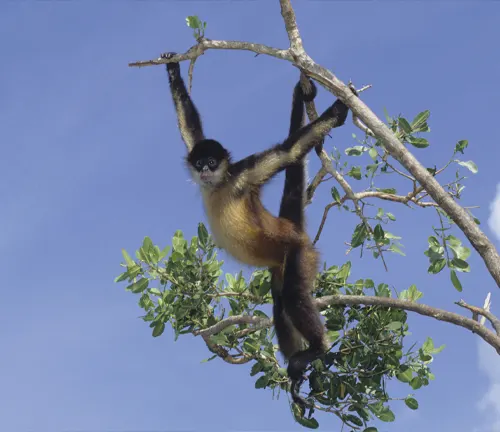
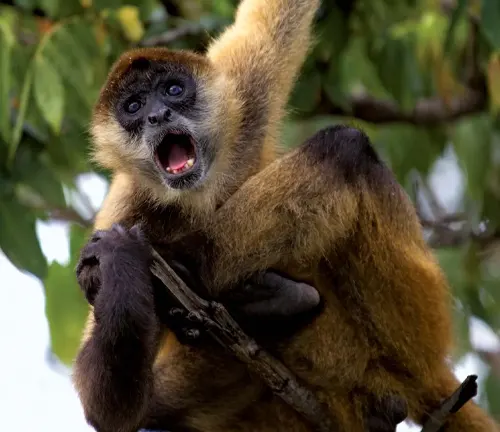
Brown Spider Monkey
Found in South America, particularly in Colombia and Venezuela, the brown spider monkey has a reddish-brown fur coat and a prehensile tail.
Peruvian Spider Monkey
(Ateles chamek)
Native to the western Amazon Basin, these spider monkeys have a light brown or olive-colored coat. They are also known as the Chamek spider monkey.
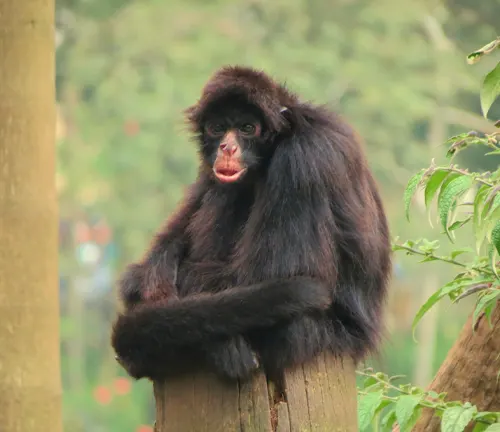
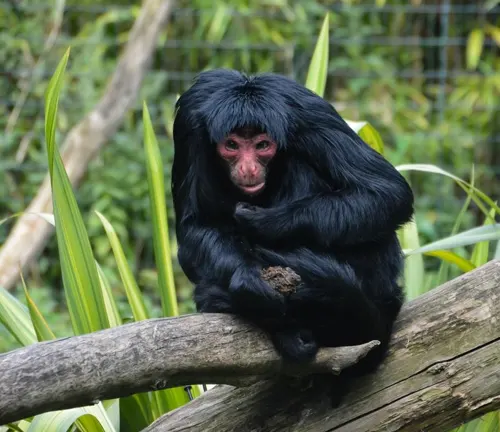
Red-faced Spider Monkey
(Ateles paniscus)
Also called the Guiana spider monkey, it is recognized by its distinctive red or pink face. They inhabit the rainforests of northeastern South America.
White-cheeked Spider Monkey
(Ateles marginatus)
This species, with its white facial markings, is found in the Amazon rainforest, particularly in Brazil and Peru.
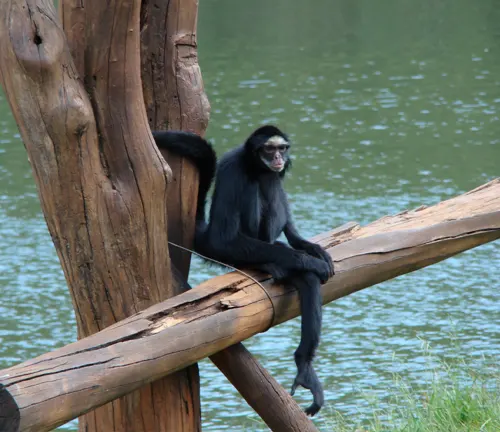
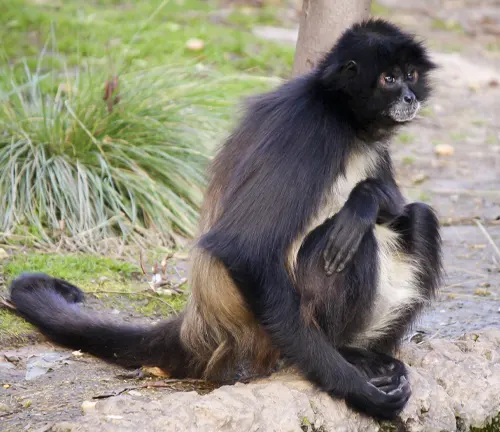
White-bellied Spider Monkey
(Ateles belzebuth)
Inhabiting the rainforests of South America, these spider monkeys are recognized by their white or pale yellow belly fur.
Mexican Spider Monkey
(Ateles fusciceps)
Native to Mexico and Central America, the Mexican spider monkey has dark fur and a slender build.
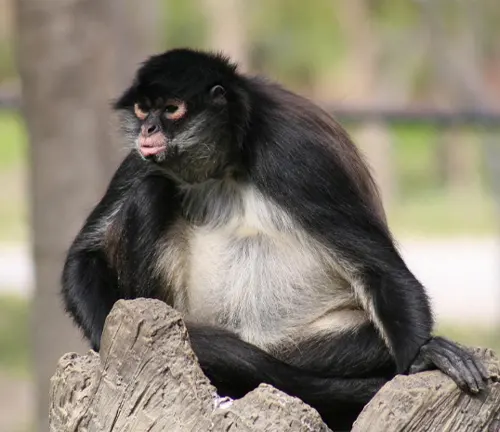
Frequently Asked Questions (FAQs)
- Are spider monkeys dangerous to humans?
Spider monkeys are generally not considered dangerous to humans. However, in the wild, they may display defensive behavior if they feel threatened. - Do spider monkeys make good pets?
Keeping spider monkeys as pets is not advisable. They have complex social needs and require large, naturalistic environments that are challenging to replicate in captivity. - How fast can spider monkeys move through trees?
Spider monkeys are exceptionally agile and can move swiftly through trees, using their prehensile tails for balance and support. They are well-adapted to an arboreal lifestyle. - What is the conservation status of spider monkeys?
Spider monkeys face various threats, and several species are classified as endangered. Conservation efforts are crucial to protecting their populations and habitats. - Why are spider monkeys important for the ecosystem?
Spider monkeys play a vital role in maintaining biodiversity by contributing to seed dispersal, influencing plant regeneration, and shaping forest ecosystems. - How do spider monkeys communicate with each other?
Spider monkeys communicate through a combination of vocalizations, body language, and facial expressions. This intricate system allows for complex interactions within their social groups. - What is the lifespan of a spider monkey in captivity?
The lifespan of a spider monkey in captivity varies, but it is generally shorter than in the wild due to challenges in replicating their natural environment. - Can spider monkeys swim?
While spider monkeys are not natural swimmers, they can navigate through water if necessary. However, they typically avoid swimming and prefer their arboreal habitat. - How many species of spider monkeys are there?
There are several species of spider monkeys, including the black-handed, brown, Peruvian, red-faced, white-cheeked, white-bellied, and Mexican spider monkeys. - Do spider monkeys mate for life?
Spider monkeys do not mate for life. They follow specific mating rituals, and the bonds within their social groups contribute to the well-being of their offspring. - What is the impact of deforestation on spider monkeys?
Deforestation poses a severe threat to spider monkeys, as it results in the loss of their natural habitat, leading to population decline and fragmentation. - Are spider monkeys affected by climate change?
Climate change can impact spider monkeys by altering their habitats, affecting food availability, and potentially influencing their behavior and distribution.






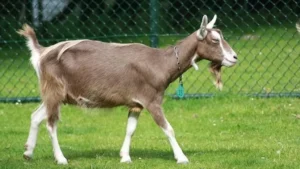

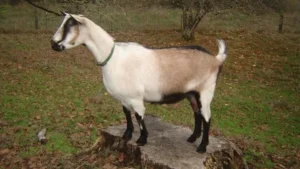
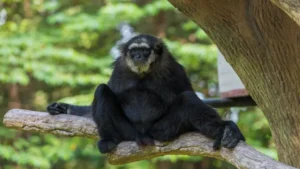
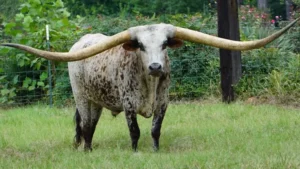

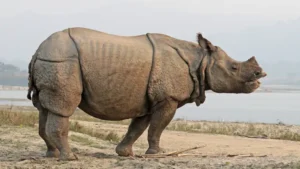
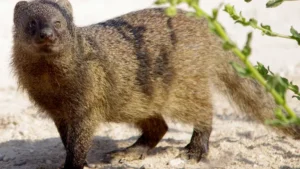
Leave your comment